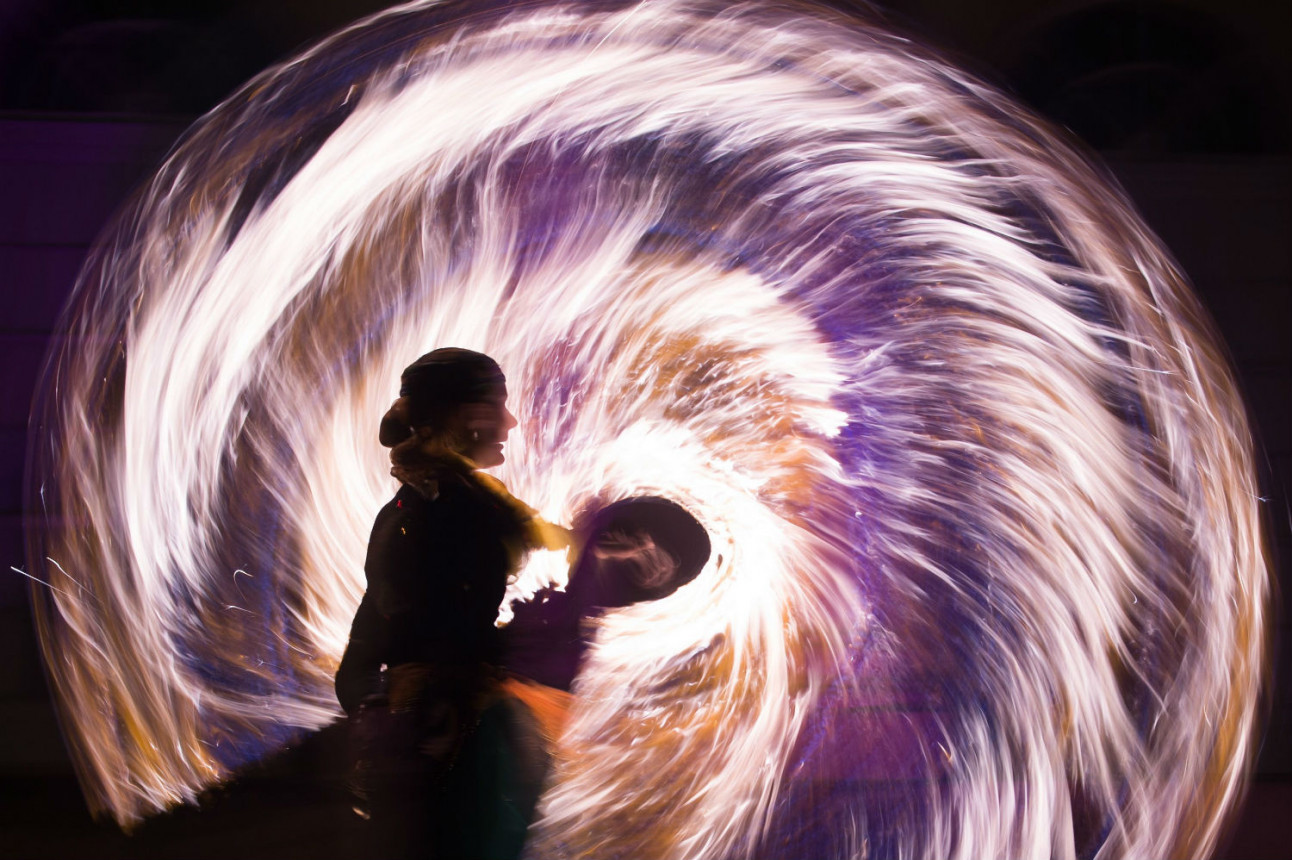With over 100,000 Indians in Germany, and over 175,000 people of Indian descent, it’s little wonder that Diwali – the famous five day Hindi festival of lights starting this year on Monday October 24th – is being celebrated all around the Bundesrepublik.
READ ALSO: Indians in Germany: Who are they and where do they live?
Even the House of Parliament in Frankfurt is honouring the holiday for the first time with a special reception on October 30th.
Diwali takes its name from the clay lamps or deepa (the event is sometimes called Deepawali) that many Indians light outside their home. With the days shortening in Germany, there’s all the more reason to celebrate light — especially over lively music, traditional dance and authentically spicy Indian cuisine.
We have rounded up some of the top events to celebrate around Germany, both the week of Diwali and afterwards, stretching into mid-November. If you have an additional event to suggest, email us at [email protected].
October 24th in Heidelberg
Happen to be in Heidelberg? Then it’s not too late to head to the Sweet Home Project, which will be cooking up a storm starting at 6:30pm. The menu includes an assortment of Indian sweets and savoury dishes. The collective only asks that participants bring along a candle (and a hearty appetite).
If you miss this event, and are still craving some (really) spicy traditional cuisine, the Firebowl Heidelberg is hosting a Diwali party on October 29th, replete with lots of food and drink and Bollywood beats the whole night.
October 29th near Frankfurt
For those who fancy a Feier with a full-buffet, this celebration in Dreieich delivers through an all-you-can-eat dinner with traditional fare. Starting at 5pm and stretching into the early hours of the morning, the festive feast includes traditional Bollywood music by Derrick Linco. There’s also a dance party for kids, who receive free admission up to seven years old and €25 up to 14 years. Normal tickets go for €40 per person.

A previous Diwali celebration of traditional dance and music in Dresden. Photo: picture alliance / dpa | Sebastian Kahnert
November 4th near Düsseldorf
On November 4th at 6pm, the Deutsch-Indische Gesellschaft Düsseldorf will be hosting a family-friendly party in nearby Ratingen with classical Indian music and dance, a huge dinner and Bollywood music led by DJ SA-ONE. Tickets cost about €40 each, but children under six receive free entry.
November 5th in Bonn
The Indian Students Association of Bonn-Cologne will be hosting its biggest event of the year: for €10, event goers can try an array of Indian food, play classic games and tune into cultural performances.
READ ALSO: Moving from India to Munich changed my life
November 12th in Essen
Whether you like traditional bhajans or meditative ragas, this concert will capture many of the classic sounds of Indian music with artists such as Anubhab Tabla Ensemble, Debasish Bhattacharjee and Somnath Karmorak taking center stage. The performance starts at 5pm and costs €10.
November 12th and 13th in Berlin
Indian food fans will get to enjoy 12 stands devoted to Indian cuisine and products, all coming from the local Indian community. The weekend-long festival will also include stand-up comedy from the Desi Vibes Comedy Group. Karaoke fans will also enjoy singing along with the Sounds of India group, followed by an after party on Saturday. All this only costs €2 at the door.



 Please whitelist us to continue reading.
Please whitelist us to continue reading.
Member comments